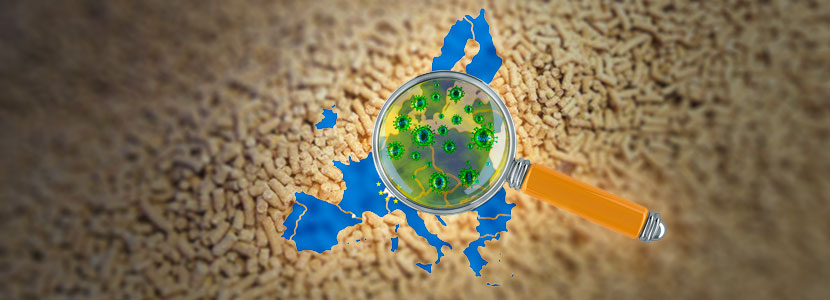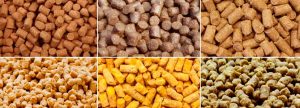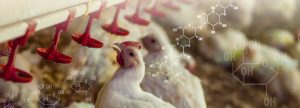 15 Dec 2023
15 Dec 2023
 In 2023, the European Union (EU27) anticipates a reduction in compound feed production for farmed animals by nearly 2.4 million tons, with an estimated total of 144.3 million tonnes, representing a 2% decrease from the previous year. This decline is attributed to various factors, including climate change-related challenges, political and market crisis management pressures, and a rising demand for sustainable feed solutions to address market dynamics and regulatory considerations.
In 2023, the European Union (EU27) anticipates a reduction in compound feed production for farmed animals by nearly 2.4 million tons, with an estimated total of 144.3 million tonnes, representing a 2% decrease from the previous year. This decline is attributed to various factors, including climate change-related challenges, political and market crisis management pressures, and a rising demand for sustainable feed solutions to address market dynamics and regulatory considerations.
 The adverse impacts of climate change, such as droughts, floods, Avian Influenza (AI), and African Swine Fever (ASF), have disrupted the supply of raw materials and animal production capacity. National policies, ranging from greenhouse gas reduction goals to nitrate emission regulations, have further contributed to shifts in feed production. Changes in production methods, evolving consumer preferences, and the impact of food price inflation have led to varied effects across EU Member States.
The adverse impacts of climate change, such as droughts, floods, Avian Influenza (AI), and African Swine Fever (ASF), have disrupted the supply of raw materials and animal production capacity. National policies, ranging from greenhouse gas reduction goals to nitrate emission regulations, have further contributed to shifts in feed production. Changes in production methods, evolving consumer preferences, and the impact of food price inflation have led to varied effects across EU Member States.
Notably, the pig feed sector experienced a significant decline in 2023, with Germany, Denmark, and Spain facing challenges, including loss of export markets and negative media campaigns. Poultry feed production displayed a more positive trend, increasing by 0.9 million tons compared to 2022. However, challenges in Hungary and Czech Republic resulted in production decline, leaving 2023 tonnage below 2021 levels.

Cattle feed production in 2023 decreased by 0.8 million tons, with Spain and Portugal facing issues such as water scarcity, low milk prices, and cattle diseases. In contrast, some Central and South Eastern European countries benefited from sufficient grass growth, reducing the demand for industrial cattle feed.
Looking ahead to 2024, the compound feed demand outlook remains uncertain due to factors like animal diseases, economic uncertainty, high food price inflation, weather irregularities, and increased poultry meat imports from Ukraine. The influence of “green and animal welfare” policies is expected to impact the livestock and feed production market negatively, despite a decrease in costs for key feed materials following the Russian invasion of Ukraine.
Source: FEFAC
You may also like to read: “Sustainable performance with hybrid rye?”
Subscribe now to the technical magazine of animal nutrition
AUTHORS

Nutritional Interventions to Improve Fertility in Male Broiler Breeders
Edgar Oviedo
The Use of Organic Acids in Poultry: A Natural Path to Health and Productivity
M. Naeem
Synergistic Benefits of Prebiotics and Probiotics in Poultry, Swine, and Cattle
Gustavo Adolfo Quintana-Ospina
Hybrid Rye Potential in Laying Hen Feed Rations
Gwendolyn Jones
A day in the life of phosphorus in pigs: Part I
Rafael Duran Giménez-Rico
Use of enzymes in diets for ruminants
Braulio de la Calle Campos
Minerals and Hoof Health in the Pregnant Sow
Juan Gabriel Espino
Impact of Oxidized Fats on Swine Reproduction and Offspring
Maria Alejandra Perez Alvarado